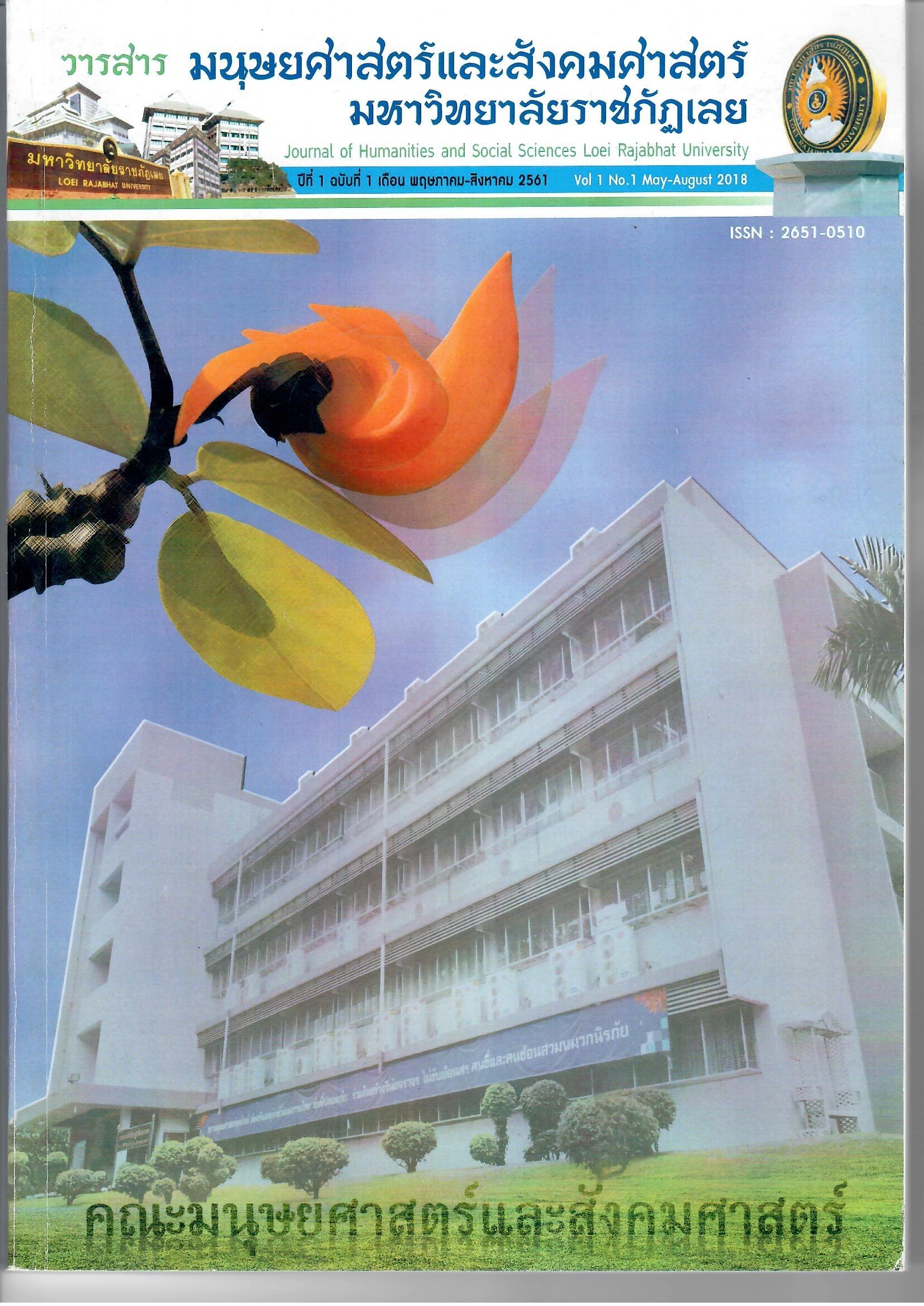How does Systemic Functional Linguistics differ from Traditional and Transformational Grammar?
Abstract
The paper aims to differentiate three types of grammar under prescriptive grammar and descriptive grammar. Traditional grammar is based on prescriptive grammar which states only rules for what is considered the most correct usage whereas transformational grammar and systemic functional grammar share the same view of descriptive grammar that is how language is actually used. Nevertheless, both systemic grammar and transformational grammar are entirely different in terms of meaning. The former focuses on logical meanings or social contexts while the latter focuses only on grammatical analysis. Consequently in a language classroom, these three categories of grammar should be intertwined, not only to focus on forms, but on functions as well.
References
Amara Prasithrathasint, Yupapan Hoonchamlong, Saranya Savetamalya. (2003).
Grammatical Theories. Bangkok. Chulalongkorn printing.
Bernard, J.R. (1993). A Short Guide of Traditional Grammar: 2nd Edition Oxford Press, Australia, South Melbourne.
Berry, Margaret. (1975). Introduction to Systemic Linguistics:1 Structures and Systems, B.T. Batford Ltd, London.
Bornstein, D. Daine. (1977). An Introduction to Transformational Grammar, Winthrop Publishers, Inc, Cambridge, Massachusetts.
Chomsky, Noam. (1968). Language and Mind. New York: Harcourt, Brace & World.
Chomsky, Noam. (1957). Syntactic Structure. The Hague: Mounton & Co.
Darasawang, P. (2007). English language teaching and education in Thailand: A Decade of change. In D. Prescott (Ed.), English in Southeast Asia: Varieties, literacies, nd literature (pp. 185-202). Newcastle, UK: Cambridge Scholars Publishing.
Diane D. Bornstein. (1977). An introduction to transformational Grammar. Prentice Hall.
Eggins, Suzanne. (1994). An Introduction to systemic Functional Linguistics, Pinter Publishers, London.
Fromkin, Rodman, R., Collins P., and Blair, D. (1996). An Introduction to Language, Third Edition Australian Edition, Holt Rinehart and Winston, Sydney.
Gerot and Wignell. (1994). Making Sense of Functional Grammar, Antipodear Ed Enterprises, Sydney.
Halliday, M.A.K. (2013). An introduction to Functional Grammar. New York. Routledge.
Halliday, M.A.K. & Matthuessen, Christian M.I.M. (2004). An introduction to unctional Grammar. 3 ed. Londres: Edward Arnold.
Linguistics for Language Teaching B: Reader 2, (1994). Deakin University, Press Geelong.
Margaret, Berry. (1975). An Introduction to Systemic Linguistics. St. Martin's Press.
Martin, J. R. et al. (1997). Working with Functional Grammar. London: Arnold.
McKnight, A. (1994). Linguistics Language Teaching B: Study Guide, Deakin University Press, Geelong.
Methitham, P., & Chamcharatsri, P. B. (2011). Critiquing ELT in Thailand: A reflection from history to practice. Journal of Humanities, Naresuan University, 8(2).
Morley, G.D. (1985). An Introduction to Systemic Grammar, Macmillan, Publishers Ltd, London and Basingstoke.
Natthawut Promtara, (2016). Thai Students and Teachers’ Perceptions of Learning and Teaching English through the Communicative Language Teaching Approach. School of Language and Communication. National Institute of development Administration.
Pongthep Bunrueng. (2016). From Theory to Practice: Language Arts for Communication in English. Faculty of Humanities and Social Sciences, Loei Rajabhat University. Thailand.
Richards Jack.(2006). Communicative Language Teaching Today. Cambridge University Press.
Richards Jack, C., Platt J., and Platt H. (1992) Language Teaching and Applied Linguistics, Longman, London.









